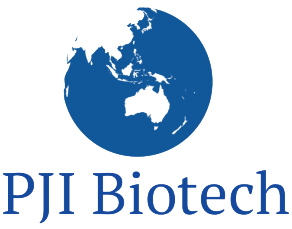An FDA warning letter (WL) is issued when the FDA finds significant problems with the quality, safety, or efficacy of drug products or a process, such as product development, manufacturing, or clinical trials. FDA warning letter remediation is a process of correcting the violations of the regulations that are identified in a WL. FDA WL and CD are the ultimate compliance challenges that require a major effort to remediate the observations. Companies hire third-party GMP experts for the remediation of the impacted sites, which is a long and complex process. This remediation could take a few to several months based on the complexity of the violations and required remediations. In a nutshell, the following are the key steps that are generally required for the holistic remediation of GMP deficiencies:
- Review of Regulatory Agency inspection findings and develop a response to correct and prevent the GMP violations/deviations. Ensure that the response for each GMP deviation includes a description of the root cause of the deviation, a retrospective evaluation of the impact of each deficiency on product quality and global/local systems, the CAPA plan, and CAPA timelines
- Conduct a comprehensive 6-system baseline compliance audit
- A review of the validated state of products and quality metrics
- A review of internal audit data
- A review and potential update of policies, standards, and procedures
- Overall gap assessment and risk ranking of gaps
- Development of a holistic remediation plan
- Implementation of interim controls to enable the release of products while broken quality systems are in the process of being remediated. This will include shop floor monitoring and batch record review and/or batch certification
- Quality Awareness training
- Creation of a project plan and execution schedule to implement solutions
- Set up governance systems to oversee the remediation plan, communication to regulatory authorities of the remediation plan and goals, and approval of the stages throughout the entire project
- The implementation and execution of the remediation plan
- Verification by GMP experts of the completion of the remediation plan and verification that overall quality systems on completion of remediation plan is compliant with cGMP
- The Transition Plan is the last step where responsibilities are transitioned from third-party GMP experts to firm personnel and Interim controls are transitioned to internal controls
- Completion and closure of WL remediation
- Sustainable Quality Systems
The tangible and intangible costs of non-compliance and remediation could be very high, such as lost reputation, money needed for remediation, employee morale, employee turnover, etc. It might take several years for companies to completely recover from WL remediation.
It is prudent to use a proactive approach to prevent WL, avoid GMP non-compliance, and ensure that facilities are inspection-ready at all times. This can be achieved by conducting an annual compliance assessment. Following are the key components/steps of the annual compliance assessment, that can be taken to ensure that companies are in a compliant state at all times:
- Conduct an annual six-system FDA mock audit for GMP compliance
- A review of the validated state of products and quality metrics
- A review of internal audit data
- A review and potential update of policies, standards, and procedures against changes in regulations
- Overall gap assessment and risk ranking of gaps.
- Develop, implement, and close-out remediation plan
PJI Biotech can help with annual compliance assessments. Please contact us at info@pjibiotech.com.

